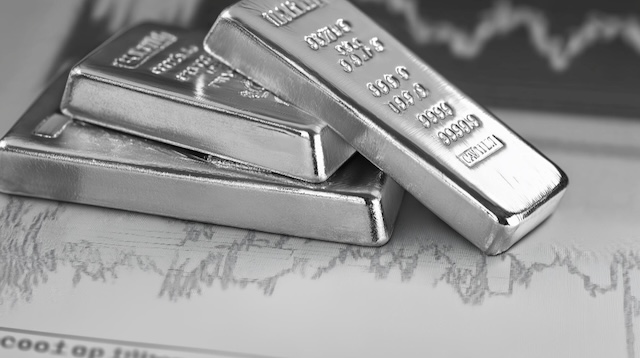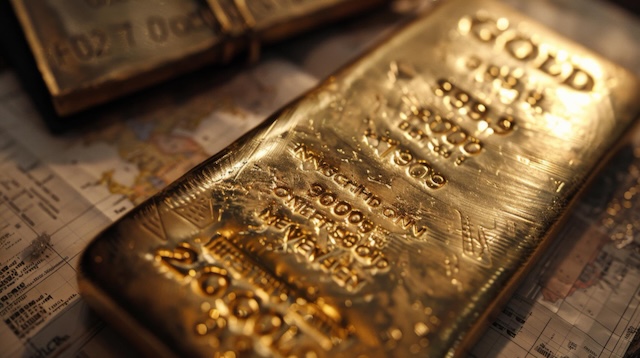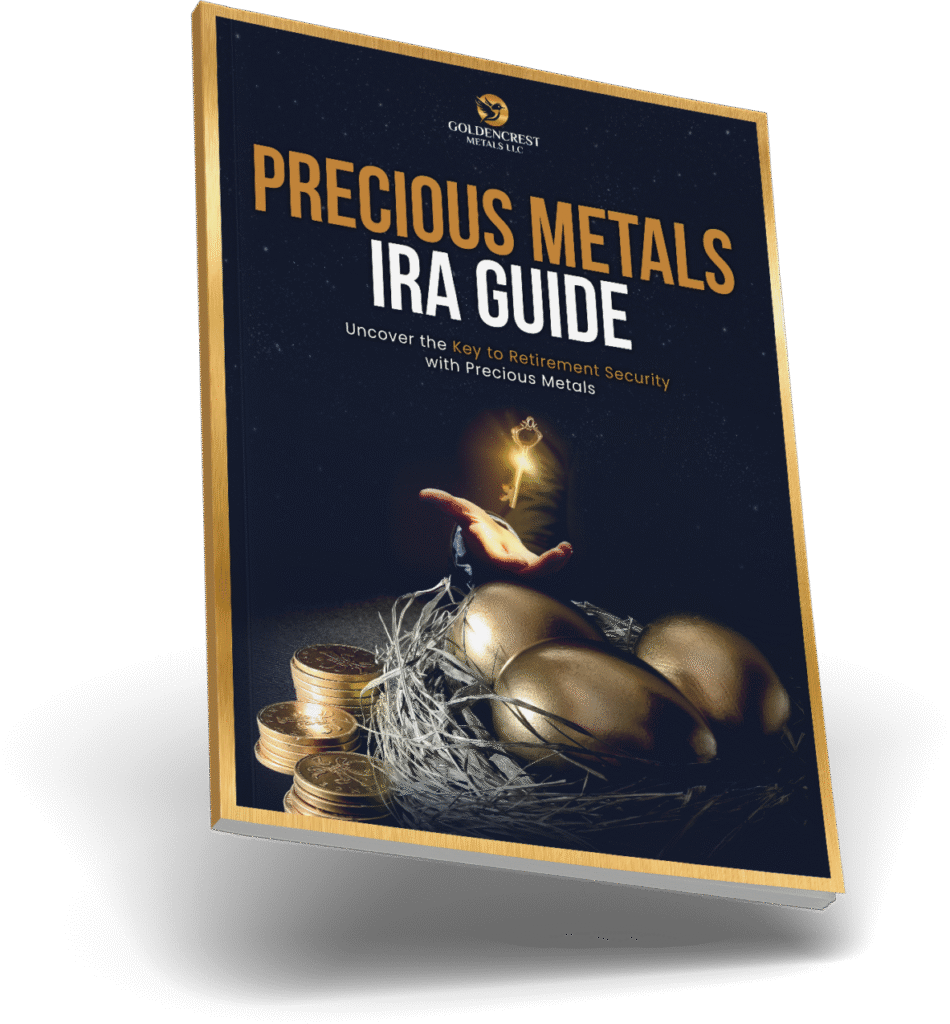With the U.S. national debt accelerating and fiscal restraint nowhere in sight, investors are turning to precious metals as a strategic hedge against long-term economic instability.
In a world where headlines shift faster than the stock ticker, one fact remains stubbornly consistent: America’s national debt keeps growing—regardless of who occupies the White House. What began as a warning bell under Obama has become a full-blown alarm under Trump’s second-term spending proposals. And while politicians argue over caps and cuts, investors are quietly moving into hard assets like gold and silver to insulate themselves from what’s coming next.
A Bipartisan Legacy of Debt… and Denial
It’s not just about one administration. Since 2008, the U.S. national debt has grown from $14.5 trillion to over $35 trillion—a staggering increase that spans both Democratic and Republican presidencies. Despite campaign promises of “fiscal responsibility,” every administration has contributed to the mounting pile of IOUs.
Trump’s new spending bill—dubbed “big and beautiful” by his supporters and “a debt bomb” by his critics—is expected to add trillions more over the next decade. And credit agencies have taken notice. Moody’s recently downgraded the U.S. credit outlook, citing unchecked deficits and soaring interest costs.
This isn’t just political theater anymore. It’s financial reality.
The Real Cost of Endless Borrowing
In 2024, interest payments on U.S. government debt hit record highs, fueled by rising rates and compounded debt. Moody’s projects the debt-to-GDP ratio will reach 134% by 2035—up from 98% just last year. That figure puts the U.S. on par with historically debt-laden economies like Italy and Japan.
And unlike GDP growth, which depends on productivity and innovation, debt is a guaranteed line item—with rising interest costs that don’t forgive or forget.
The bigger concern? What happens when investors stop trusting Treasury bonds as a “safe haven” asset? That’s the question markets are now grappling with.
Why Precious Metals Are Back in the Spotlight
As confidence in fiat currencies weakens, gold and silver are reclaiming their roles as reliable stores of value—not just for central banks, but for everyday investors.
Precious metals aren’t subject to political gamesmanship or legislative brinkmanship. They aren’t reliant on future tax revenue to deliver returns. And most importantly, they hold intrinsic value that transcends policy failure.
Historically, in times of economic uncertainty, inflationary pressure, and fiscal mismanagement, gold and silver have outperformed equities and bonds. In fact, during periods of major debt concern—like the 2011 U.S. debt ceiling crisis—gold surged to record highs.
Today, with the U.S. facing similar (if not worse) structural challenges, metals are once again becoming a preferred asset class among conservative investors.
The Long-Term Hedge Against Policy Failure
Unlike speculative assets that require perfect conditions to thrive, precious metals thrive in chaos.
-
Gold has been up more than 12% in the last year.
-
Silver, often undervalued relative to gold, is catching up—fueled by both investment demand and industrial use.
But this isn’t just about price charts. It’s about principles.
When governments overspend, currencies weaken. When currencies weaken, inflation rises. When inflation rises, real wealth erodes—unless it’s protected by hard, tangible assets.
That’s where gold and silver come in. These assets don’t rely on promises—they rely on physics, scarcity, and history.
An Option Beyond Wall Street’s Uncertainty
For retirement savers, particularly those managing IRAs or 401(k)s, now may be the time to consider precious metals diversification. The market may seem stable for now, but the fundamentals—skyrocketing debt, eroding dollar strength, and growing geopolitical risk—suggest that the storm clouds are forming.
Gold and silver offer something no government-backed bond or equity can: protection from systemic risk.
And unlike traditional markets, where future returns are often based on speculation, precious metals serve as an anchor in any economic climate—especially when trust in institutions is fading fast.
Final Thought: Protecting Your Wealth in an Unstable Era
America’s debt problem isn’t going away. The headlines will change, the faces will shift, and the promises will be recycled. But the numbers don’t lie—and the trend line is steep.
If you’re serious about protecting your portfolio from what many economists see as a looming fiscal reckoning, now is the time to take action. Precious metals aren’t a gamble—they’re a strategic shield.
To learn how to add gold and silver to your portfolio, contact a specialist at GoldenCrest Metals today. Whether you’re considering a Gold IRA, diversifying your retirement savings, or simply hedging against future volatility, our team is ready to help you make a move that history has always rewarded.
Source:
https://www.theguardian.com/business/2025/jun/07/trump-bill-us-national-debt





